Avian Influenza (AI) is a contagious, highly pathogenic viral disease of domestic and wild birds. It is characterized by asymptomatic to severe, depending on the virus’s virulence and the susceptibility of the avian host. Sometimes ‘avian flu,’ and commonly ‘Bird flu,’ refers to ‘influenza caused by viruses adapted to birds.’
Importance of Avian Influenza or Bird Flu
Bird Flu or AI is an emerging infectious disease of poultry and wild birds. The disease is distributed throughout the world in various ways. The disease causes heavy economic losses in poultry farms by total eradication and destruction. The knowledge of the disease will help you prevent and eradicate your farms from AI.
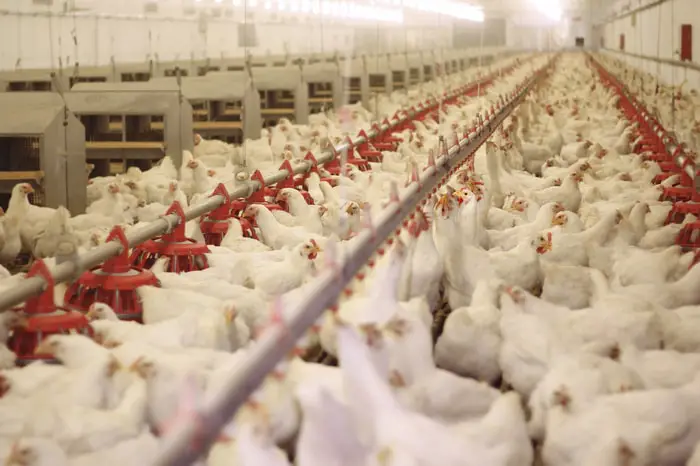
Causes of Avian Influenza
The disease is caused by Influenza Type A viruses or types A orthomyxoviruses, and it is a notifiable disease. Infection of poultry birds caused by any influenza A virus of the H5 or H7 subtypes or by any AI virus with an intravenous pathogen. Influenza viruses are a significant cause of Influenza in humans.
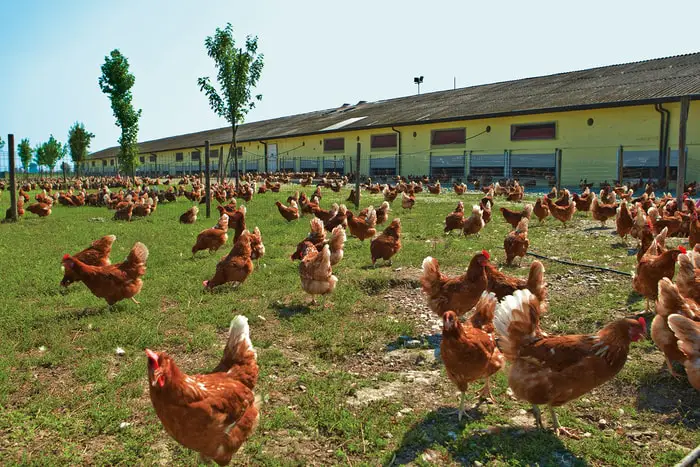
Epidemiology and Transmission of the Disease
Avian influenza viruses are spread throughout the world, and it infects almost all commercial, domestic, and wild bird species. Chickens and turkeys are highly susceptible to Avian Influenza and produce clinical disease. AI influenza has been isolated from imported wild birds. These infected poultry birds are a potential threat to cage birds, wild birds, and poultry. The influenza virus is released in respiratory secretions and excretions and droppings of infected birds protected by organic matter.
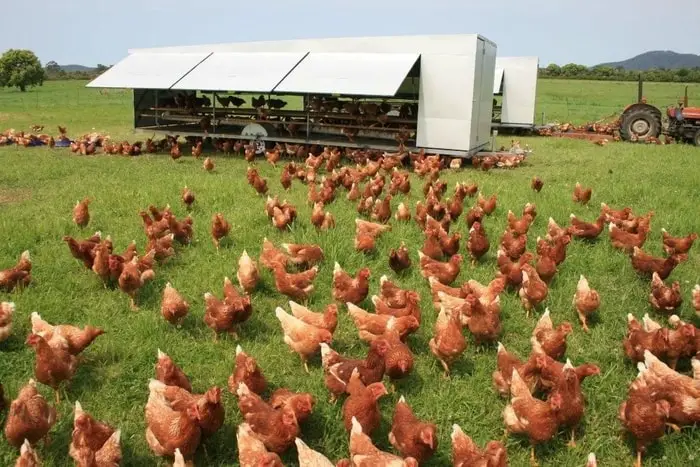
The transmission includes direct contact between infected and susceptible birds and indirect contact, including aerosol or exposure to virus-contaminated fomites. The poultry industry is transmitted from farm to farm by direct and indirect contact. AI viruses can be transmitted on contaminated feed, water, supplies, cages, clothes, delivery vehicles, inserts, shoes, clothing, crates, and other equipment and birds’ movement.
Clinical Signs of Avian Influenza
The signs of illness sen in poultry infected with AI viruses are:
- Mild to severe respiratory distress.
- Swelling of the head.
- Water eyes and sinuses.
- Diarrhea.
- Edema, cyanosis of the combs, wattle, and shanks.
- Nervous signs-torticollis.
- Severe depression with ruffled feathers.
- Cessation of egg production.
- Edema of head and neck.
- Inappetance and excessive thirst.
- Diffuse hemorrhage between hocks and feet.
- Swelling and cyanotic combs and wattles.
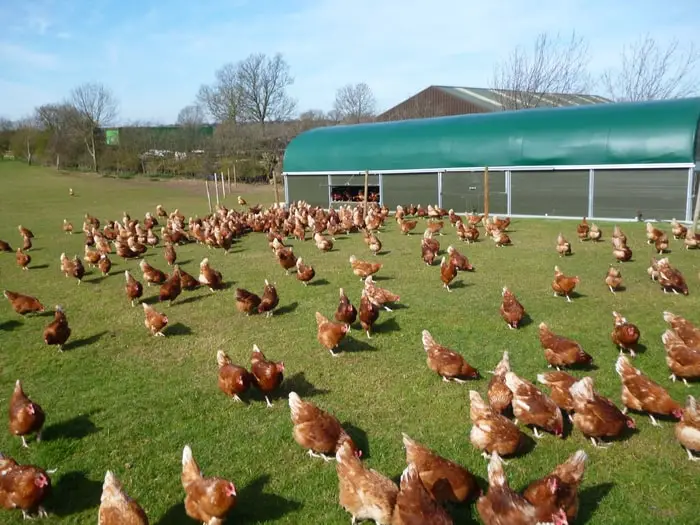
Diagnosis of AI
The presumptive diagnosis of Avian Influenza can be made on history, clinical signs, and gross lesions. Confirmatory diagnosis of Avian Influenza requires laboratory tests for isolation and identification and pathotyping of the causative virus. Tests for Influenza include- PCR, viral culture in tissues, IFT (immunofluorescence test), and rapid antigen testing.

Laboratory methods of diagnosis are widely used to identify the influenza virus at the genus level (influenza A/B) or the H-type level (H1, H3, and H5), H subtype-specific tests must identify potential avian strains, including H5N1. The WHO recommends forwarding all H5, H7, and H9 positive isolates to an approved influenza reference laboratory for confirming and N-typing.
Treatment Methods of AI
There is no efficient treatment for Avian Influenza due to virus etiology, and the recovered flocks continue to shed the virus. Aggressive action is recommended even for milder infection as this virus can readily mutate to pathogenic forms.
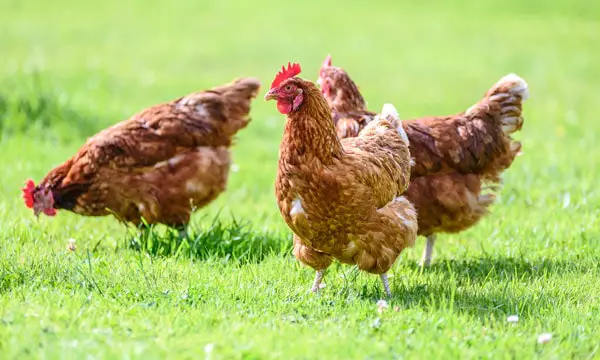
Prevention and Control of AI
Avian Influenza is the worldwide distributed disease with a broad host range, including birds and mammals. Therefore the disease prevention and control strategies should be designed to prevent the spread of AI between poultry premises and the introduction of new infections to susceptible birds. These include:
- Strategies for prevention and control during outbreaks.
- Enhance biosecurity.
- Strategic vaccination.
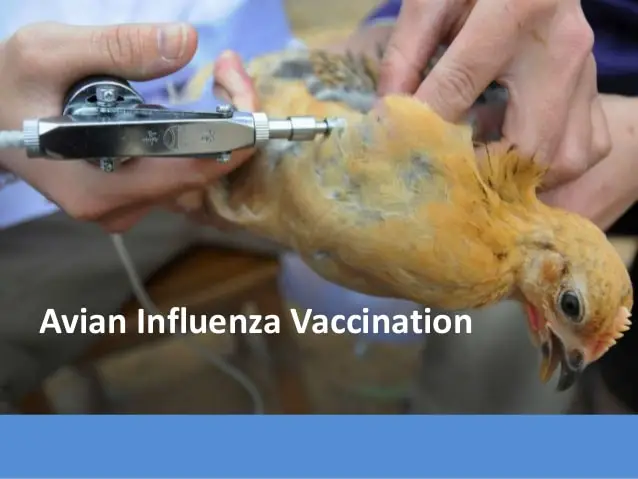
H5N1 Infection in Humans
H5N1, a new avian strain, ‘bird flu’ discovered in 1997, likely emerged due to the reassortment of avian influenza genes. In addition to infecting birds, this new strain is highly virulent in humans. The first cases of human infection were observed during an outbreak of the severe respiratory disease in Hong Kong in 1997 when a mortality rate of 30% was observed among 18 cases. Prompt and aggressive culling of poultry by the local government may have reduced the extent of the initial outbreak.
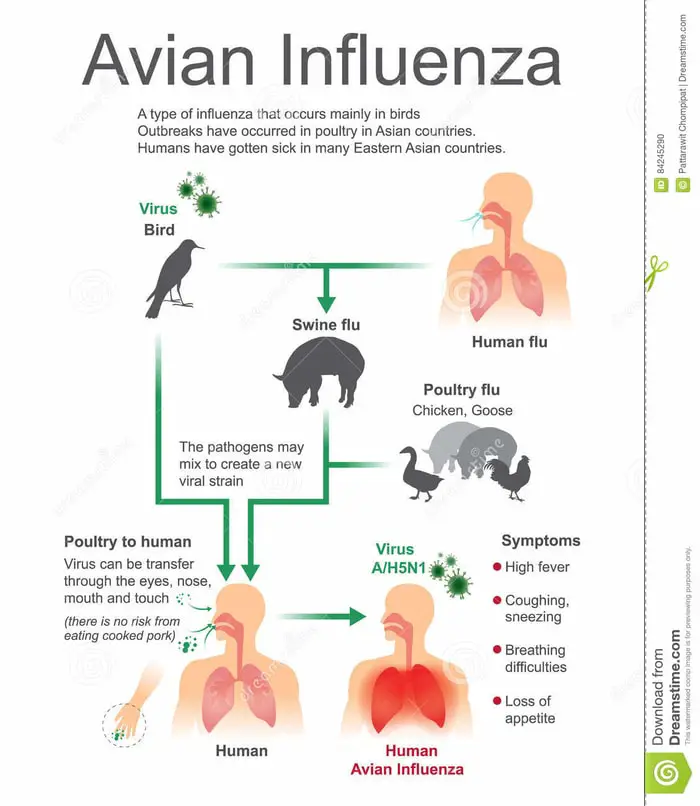
However, after 1997, avian H5N1 Influenza has spread throughout the world and caused a growing number and broader distribution of human disease and deaths. At present, the virus’s low transmissibility from humans to humans limits the extent of disease due to avian H5N1 Influenza. However, as the virus is containing to undergo genetic changes, the possibility of a more human severe pandemic emerging is real.
How Does Avian Influenza Spread to Humans?
Avian Influenza is a zoonotic disease and affects humans and other animals. The disease in humans is called Bird Flu. Humans get the infection from direct contact of affected birds, utensils, contaminated farm equipment, infected wilds birds, and dead birds. The persons directly involved with the poultry industry, marketing, and veterinarians are more susceptible to Bird Flu than others. The clinical signs of Bird Flu are flu-like symptoms, sneezing, coughing, slight fever, and headache.
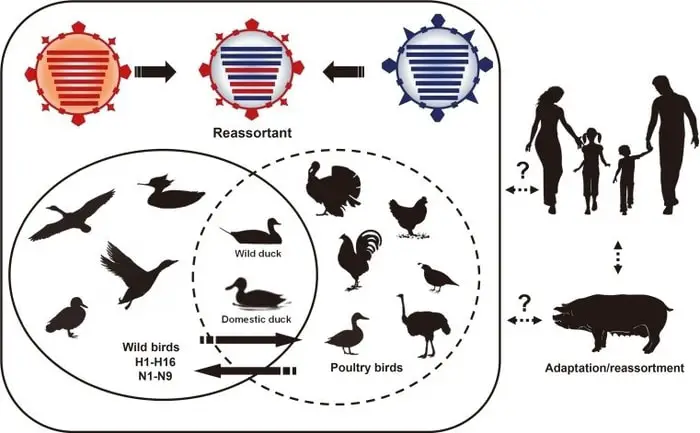
Final Advice on Avian Influenza
Avian Influenza is a pandemic Poultry disease that spread throughout the world. The recent outbreak of the disease in some countries causes substantial losses in the poultry sector. The strict biosecurity and biosafety measures can control the disease on the farm. There are many measures necessary from the national authority like control of migratory birds, import ban of poultry products from an affected country, national monitoring and eradication system, and choose an effective vaccine for the country.